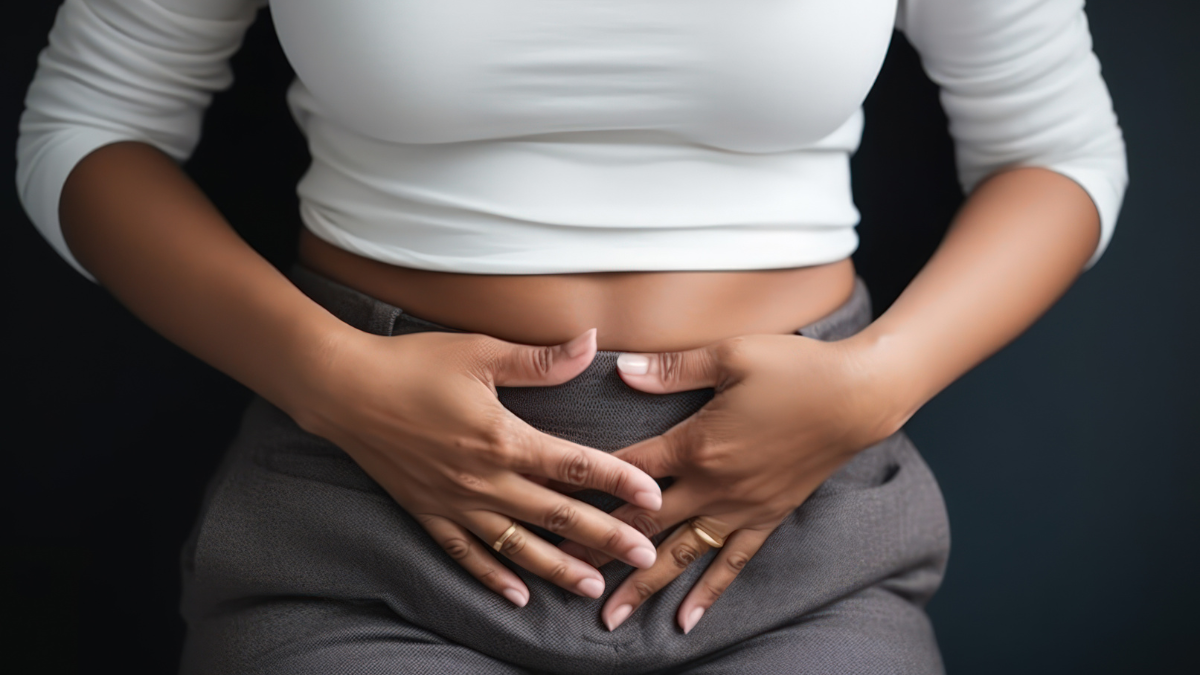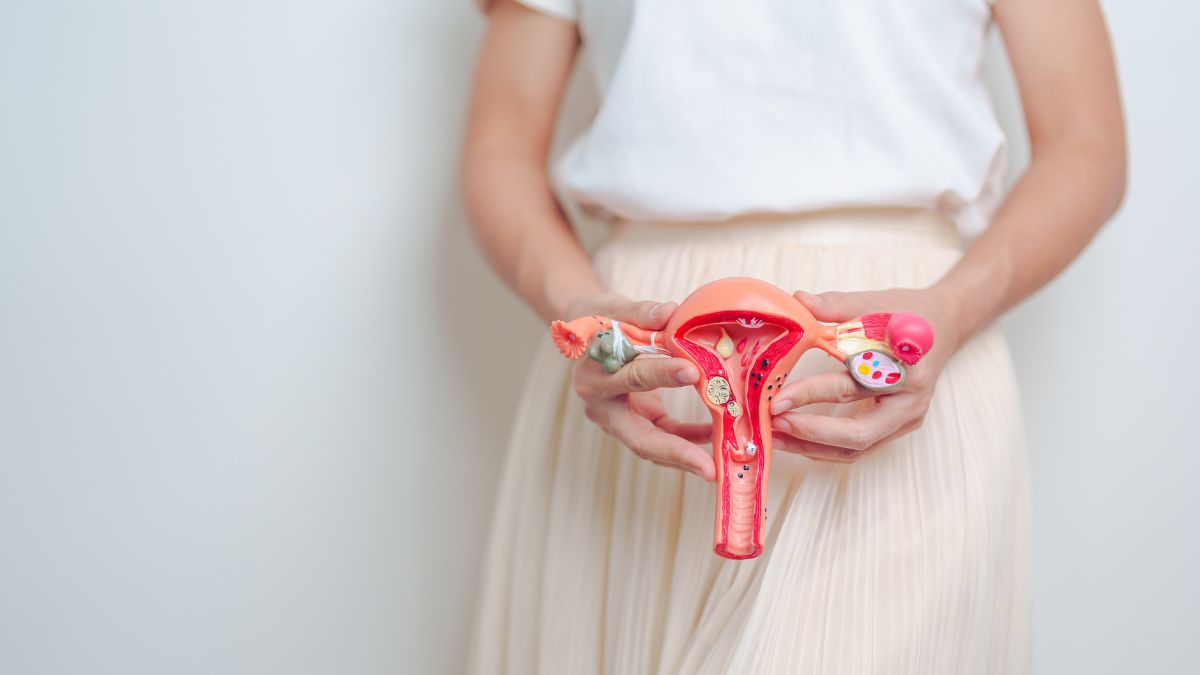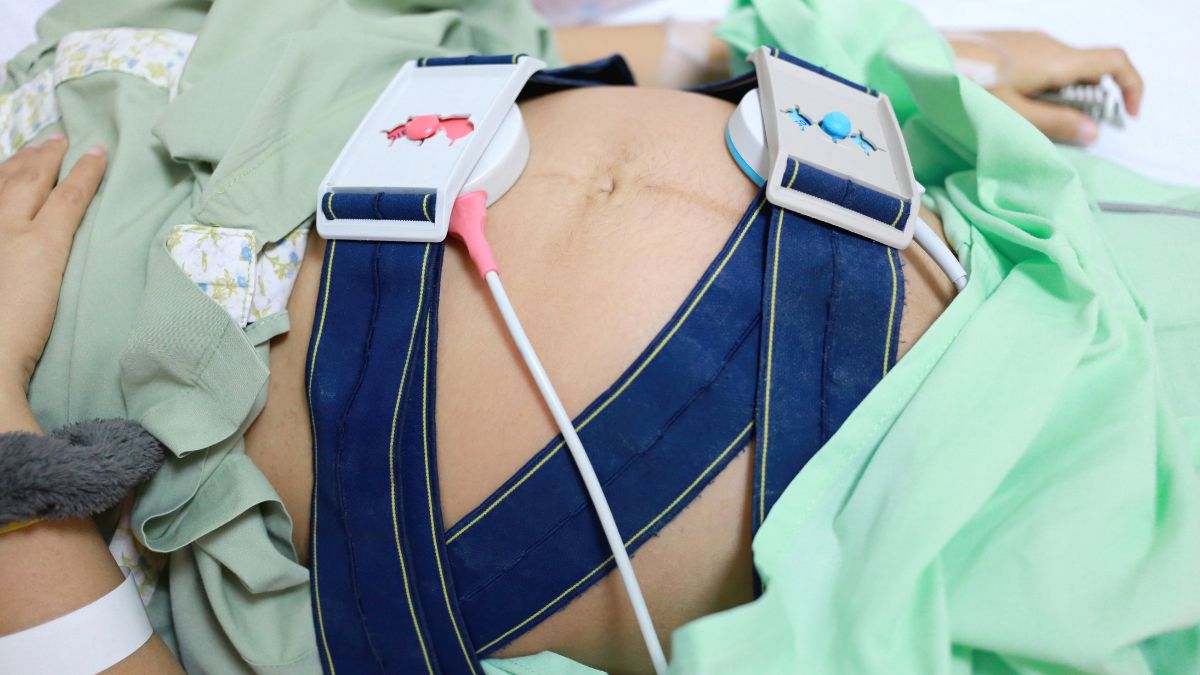One intriguing yet sometimes uncomfortable phenomenon that some pregnant individuals encounter is known as “lightning crotch.”
This quirky term might have caught your attention, and you’re probably wondering what it is and whether it can break your water – a common question among expectant parents.
In this article, we will delve into the world of lightning crotch, exploring its definition, when it typically occurs during pregnancy, and the burning question on many minds: Can lightning crotch break your water?
Our goal is to provide you with valuable insights and answers, empowering you with the knowledge to navigate this exciting phase of your life with confidence and ease.
What is Lightning Crotch?
Lightning crotch is a term used to describe sudden, sharp pain in the vaginal or pelvic area.
The pain is often described as feeling like an electric shock and can occur without warning.
While the exact cause of lightning crotch is not fully understood, it is believed to be related to pressure on the nerves in the pelvic area.
Various factors, including the position of the fetus during pregnancy or changes to the pubic symphysis joint can cause this pressure.
Can Lightning Crotch Break Your Water?
No, lightning crotch cannot break your water.
Lightning crotch is caused by the stretching and movement of ligaments and muscles in the pelvic region, and it does not have any direct impact on the amniotic sac or the water surrounding your baby.
The amniotic sac is a resilient structure designed to protect your baby throughout pregnancy until it’s time for delivery.
Lightning Crotch After Childbirth
While lightning crotch typically improves or resolves after childbirth, some women may continue to experience these sensations during the postpartum period.
There are several reasons why this could occur:
Postpartum Healing: After giving birth, your body undergoes significant healing and recovery. The ligaments and muscles in your pelvic area may still be sensitive, especially if you had a vaginal delivery, which can lead to lingering lightning crotch sensations.
Uterus Contracting: The uterus contracts to its pre-pregnancy size after childbirth, and these contractions can sometimes trigger lightning crotch-like sensations, particularly during breastfeeding sessions when the hormone oxytocin is released.
Hormonal Changes: Postpartum hormonal fluctuations, including decreased relaxin levels, can affect the pelvic area, making it more susceptible to discomfort.
Stress and Tension: Caring for a newborn can be physically and emotionally demanding, increasing stress and tension. This stress may manifest as pain in the pelvic region, reminiscent of lightning crotch.
Symptoms of Lightning Crotch After Delivery
Postpartum lightning crotch sensations are similar to those experienced during pregnancy, and they typically present as:
- Sharp, Shooting Pains: The hallmark of lightning crotch is the sudden, stabbing pain in the pelvic or lower abdominal area.
- Intermittent Discomfort: The pain may come and go, lasting for a few seconds or minutes.
- Triggered by Movement: Lightning crotch after delivery can be triggered by walking, bending, or lifting movements.
- Breastfeeding-Related Pain: Some women may experience lightning crotch sensations during breastfeeding due to uterine contractions.
- General Pelvic Discomfort: You may also feel general discomfort in the pelvic region along with sharp pains.
Causes of Lightning Crotch After Giving Birth
Postpartum Healing
After childbirth, your body undergoes an incredible journey of healing and recovery.
During pregnancy, the ligaments and muscles in your pelvic area stretch to make way for your baby, and the postpartum period is when these structures return to their pre-pregnancy state.
The process of healing and regaining strength can be accompanied by discomfort, leading to lightning crotch sensations.
Uterine Contractions
After delivery, the uterus contracts to its pre-pregnancy size. These postpartum contractions, or afterpains, can cause sensations similar to lightning crotch.
Uterine contractions are more commonly felt during breastfeeding, as the hormone oxytocin is released, triggering contractions to help the uterus shrink back to its original size.
Hormonal Changes
The postpartum period involves significant hormonal fluctuations as your body adjusts to no longer being pregnant.
Hormones like estrogen and progesterone decrease, and the levels of other hormones, including prolactin for breastfeeding, rise.
These hormonal changes can impact the pelvic area and contribute to discomfort, potentially leading to lightning crotch-like sensations.
Pelvic Floor Tension
During childbirth, the pelvic floor experiences immense pressure and strain.
Whether you had a vaginal delivery or a cesarean section, your pelvic floor muscles may become tense or overactive during the postpartum period as they try to regain their strength.
This tension can manifest as sensations resembling lightning crotch.
Scar Tissue and Nerve Sensitivity
The healing process may involve scar tissue formation if you had an episiotomy or perineal tear during childbirth.
Scar tissue can affect nerve sensitivity in the pelvic area, potentially causing sensations of discomfort or sharp pain.
Managing Lightning Crotch After Giving Birth
Managing lightning crotch during the postpartum period involves a combination of self-care strategies and, if necessary, guidance from your healthcare provider.
Here are some helpful tips:
- Prioritize Rest and Relaxation: Allow your body ample time to heal after childbirth by getting sufficient rest and taking it easy during the initial weeks post-delivery. Avoid strenuous activities and focus on giving your body the time it needs to recover.
- Apply Warm Compresses: For comfort and relief during the healing process, apply a warm compress to the pelvic area. The warmth can soothe sore muscles and promote relaxation.
- Follow Healthcare Provider’s Recommendations: If you experience discomfort, consider over-the-counter pain medications as your healthcare provider recommends. Always follow their guidance to manage pain safely.
- Engage in Gentle Pelvic Floor Exercises: As prescribed by a postpartum physical therapist, perform gentle pelvic floor exercises to aid in pelvic floor healing and reduce tension. These exercises can also help with postpartum recovery and bladder control.
- Find Comfortable Breastfeeding Positions: Experiment with different breastfeeding positions to find ones that reduce pressure on your pelvic area during uterine contractions. Proper positioning can help prevent additional discomfort.
- Stay Hydrated and Maintain a Balanced Diet: Ensure you stay well-hydrated and eat a nutritious, balanced diet to support your body’s recovery and overall well-being during the postpartum period.
- Communicate Openly with Your Healthcare Provider: If you experience any concerning symptoms or discomfort, don’t hesitate to discuss them with your healthcare provider. Open communication will allow them to provide personalized guidance and ensure there are no underlying issues contributing to your discomfort.
What Does Lightning Crotch Feel Like When Pregnant?
Lightning crotch during pregnancy is similar to lightning crotch after giving birth.
The pain is often described as feeling like an electric shock in the vaginal or pelvic area.
The pain may be brief or more persistent and may be accompanied by lower back pain, nausea, and contractions.
Lightning Crotch Implantation
Implantation is a crucial event that occurs during early pregnancy. After fertilization, when the sperm successfully meets the egg, the resulting embryo travels down the fallopian tube and into the uterus.
Once it reaches the uterus, the embryo starts the process of implantation.
During implantation, the embryo attaches itself to the uterine lining, which provides a nurturing environment for the developing baby.
Is There a Connection Between Lightning Crotch and Implantation?
While lightning crotch is not typically linked to implantation, some women may experience mild pelvic discomfort or cramping during the early stages of pregnancy.
This discomfort differs from lightning crotch, which is more prevalent in the later stages of pregnancy.
Implantation is a subtle process often asymptomatic, meaning it does not produce noticeable or painful sensations for most women.
Some women may experience very mild cramping or spotting during implantation, but these symptoms are not synonymous with lightning crotch.
Wrapping it Up
While lightning crotch can be uncomfortable, it is usually a result of the stretching and pressure on ligaments and muscles in preparation for childbirth.
Staying informed and understanding the difference between normal pregnancy experiences and potential concerns can help alleviate unnecessary worries.
If you are experiencing lightning crotch and have concerns or questions, don’t hesitate to consult your healthcare provider.
They can offer personalized advice and reassurance throughout your pregnancy journey.
The information provided in this article is for informational purposes only and is not intended to be a substitute for professional medical advice, diagnosis, or treatment. Always seek the advice of your physician or other qualified healthcare provider with any questions you may have regarding a medical condition. Do not disregard or delay seeking professional medical advice because of something you read in this article.








